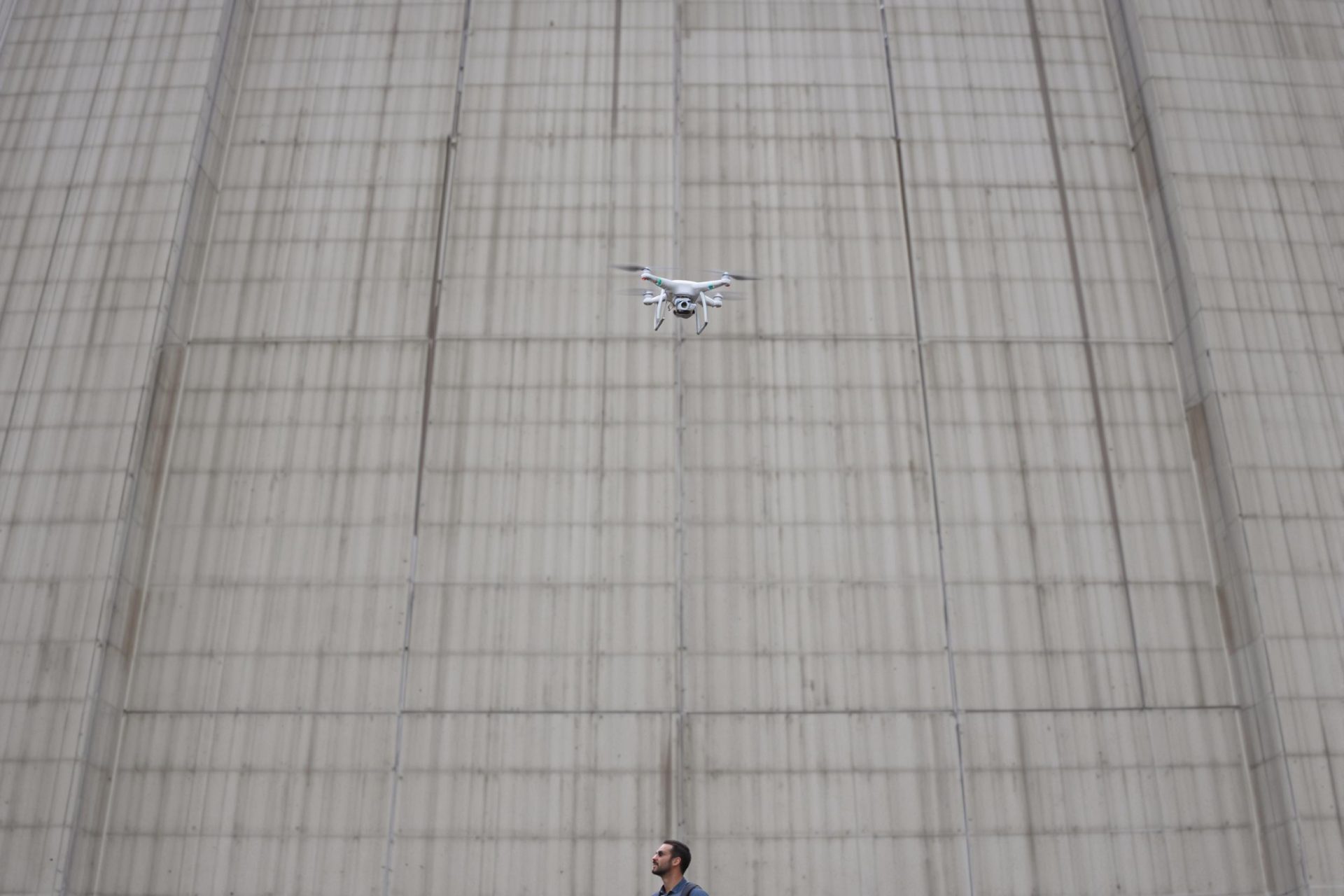Key Takeaways
- Artificial intelligence is transforming how concrete, the world’s most used building material, is designed, mixed, and monitored for performance.
- Advanced AI techniques, especially machine learning, can accurately predict concrete’s properties, such as its workability when fresh and its strength when hardened.
- AI helps in creating more durable, cost-effective, and environmentally friendly concrete by optimizing mixtures and predicting long-term behavior.
- Applications range from fine-tuning recipes and forecasting how concrete will set, to assessing its resistance to fire, chemical attacks, and wear over time.
- The technology is also paving the way for innovative materials, including recycled and self-healing concretes, and improving automated inspection of structures.
Artificial intelligence (AI) is quickly becoming a game-changer in the world of concrete technology. This isn’t just a minor tweak; it’s a fundamental shift in how we approach everything from designing concrete mixes to predicting how buildings and bridges will fare over decades.
Concrete is the backbone of modern construction, with billions of tons used globally each year. As demand grows, so does the need for smarter, more efficient ways to produce and use it. According to a comprehensive review in Communications Engineering, AI is stepping up to meet this challenge.
Traditional methods for designing concrete often involve a lot of trial and error, which can be time-consuming and costly. AI, on the other hand, can analyze vast amounts of data to find optimal solutions much faster. This leads to concrete that is not only stronger and more durable but also more sustainable by, for example, minimizing cement content, which has a high carbon footprint.
Various AI tools are being employed. Machine learning (ML) is a standout, with algorithms that learn from data to make predictions or decisions. Other techniques include expert systems that mimic human decision-making, fuzzy logic for handling imprecise data, natural language processing for understanding text, robotics for automation, and computer vision for analyzing images of concrete.
One of the key areas AI is revolutionizing is concrete mix design. By inputting material properties and desired outcomes, AI can help engineers concoct the perfect “recipe” for specific needs, balancing strength, cost, and environmental impact. Some AI models, like XGBoost, have shown remarkable accuracy in predicting how workable fresh concrete will be, while combinations of models, known as ensemble models, are excellent at forecasting its strength.
Predicting how concrete will behave is crucial. AI can forecast its “fresh properties,” like how easily it flows and how long it takes to set. This helps ensure smooth construction processes and avoid waste.
Once concrete hardens, AI models predict its mechanical properties, including its compressive strength (how much load it can bear), flexural strength (resistance to bending), and tensile strength (resistance to pulling apart). This is vital for designing safe and reliable structures.
Durability is another major focus. AI can estimate how concrete will hold up against challenges like freeze-thaw cycles, chloride ion penetration (which can corrode steel reinforcement), sulfate attacks from soil or water, and even fire. This long-term forecasting helps in building structures that last longer and require less maintenance.
Beyond these core applications, AI is also delving into the micro-level, helping scientists understand concrete’s internal structure and how tiny particles interact. This can lead to breakthroughs in material science.
Automated inspection is another exciting frontier. AI-powered systems, often using computer vision, can detect cracks or defects in concrete structures more efficiently and accurately than manual methods. This is particularly useful for monitoring existing infrastructure and for quality control in precast concrete manufacturing.
AI is also accelerating the development of innovative materials. This includes concrete made with recycled components like old demolition waste or waste rubber, reducing reliance on virgin materials. It also aids in creating “smart” concretes, such as self-healing varieties that can repair their own minor cracks, or those incorporating nanotechnology for enhanced properties.
While the potential of AI in concrete technology is immense, there are challenges. High-quality, extensive datasets are crucial for training reliable AI models, and sometimes the “black box” nature of complex AI makes it hard to understand exactly how it reaches a conclusion. Integrating these new tools into existing construction practices also takes time and investment.
Nevertheless, the future looks bright. Researchers anticipate that AI will lead to even more sophisticated material designs, better predictive maintenance for structures through real-time data, and increased automation in construction. The goal is to build smarter, more resilient, and more sustainable infrastructure for generations to come.



